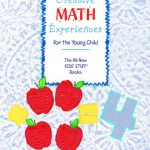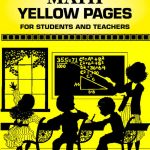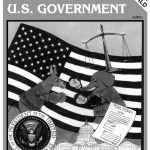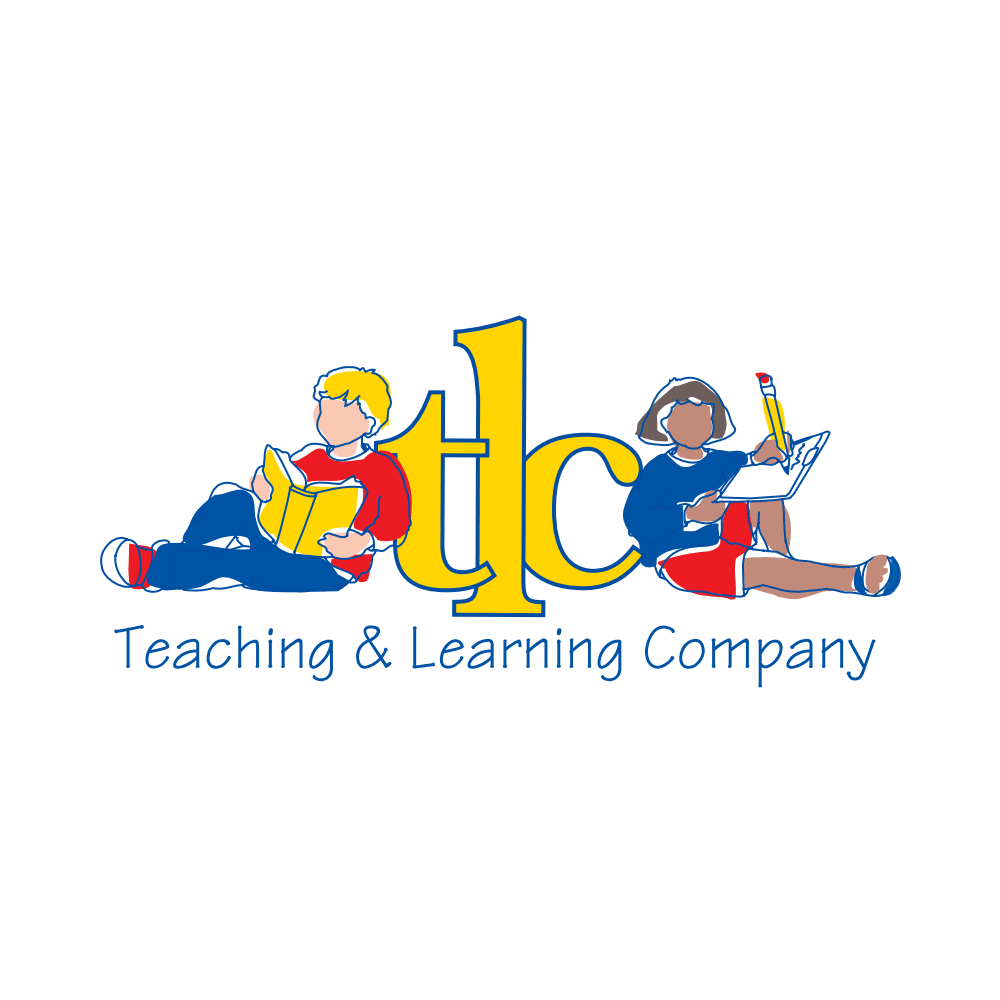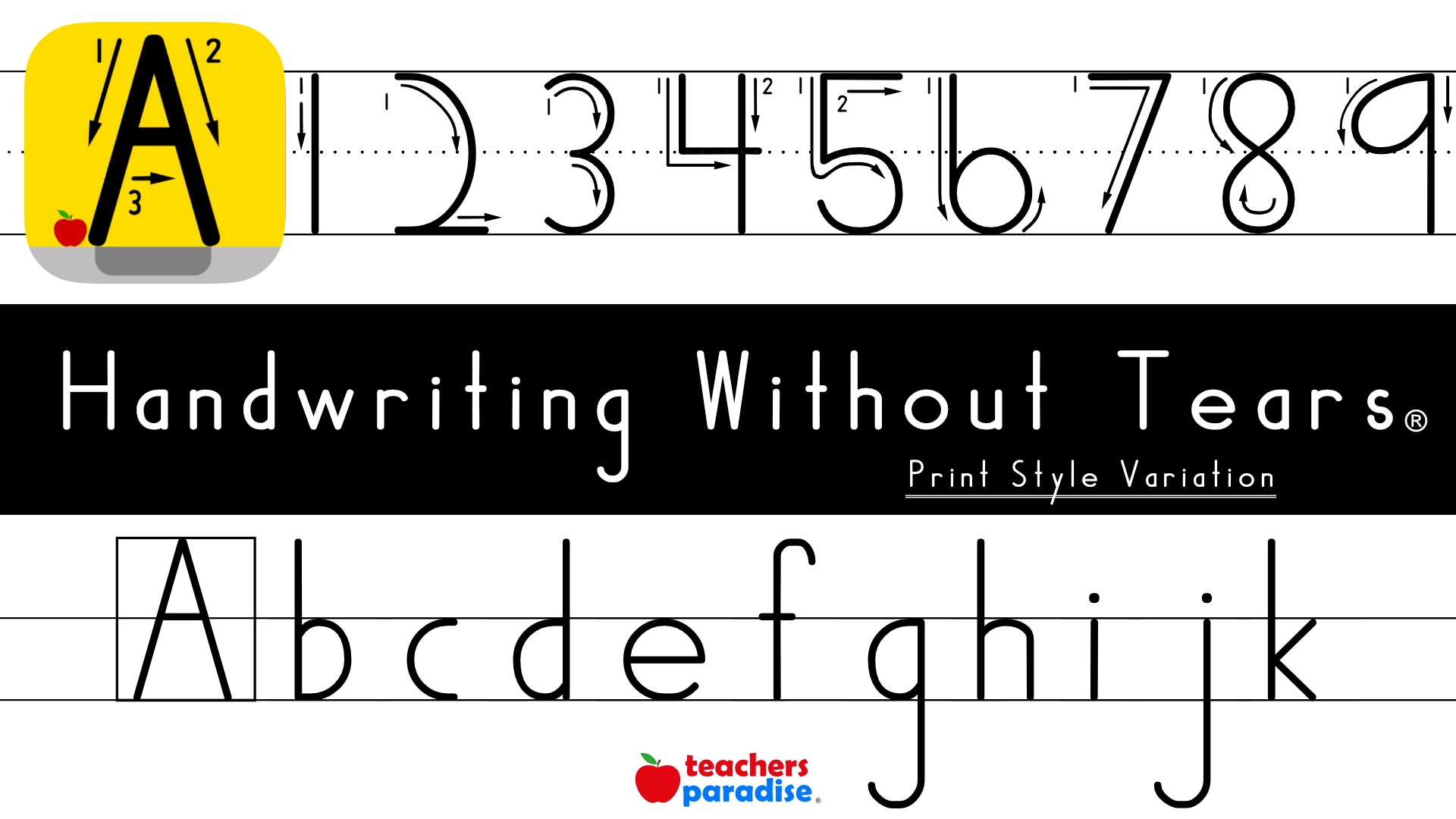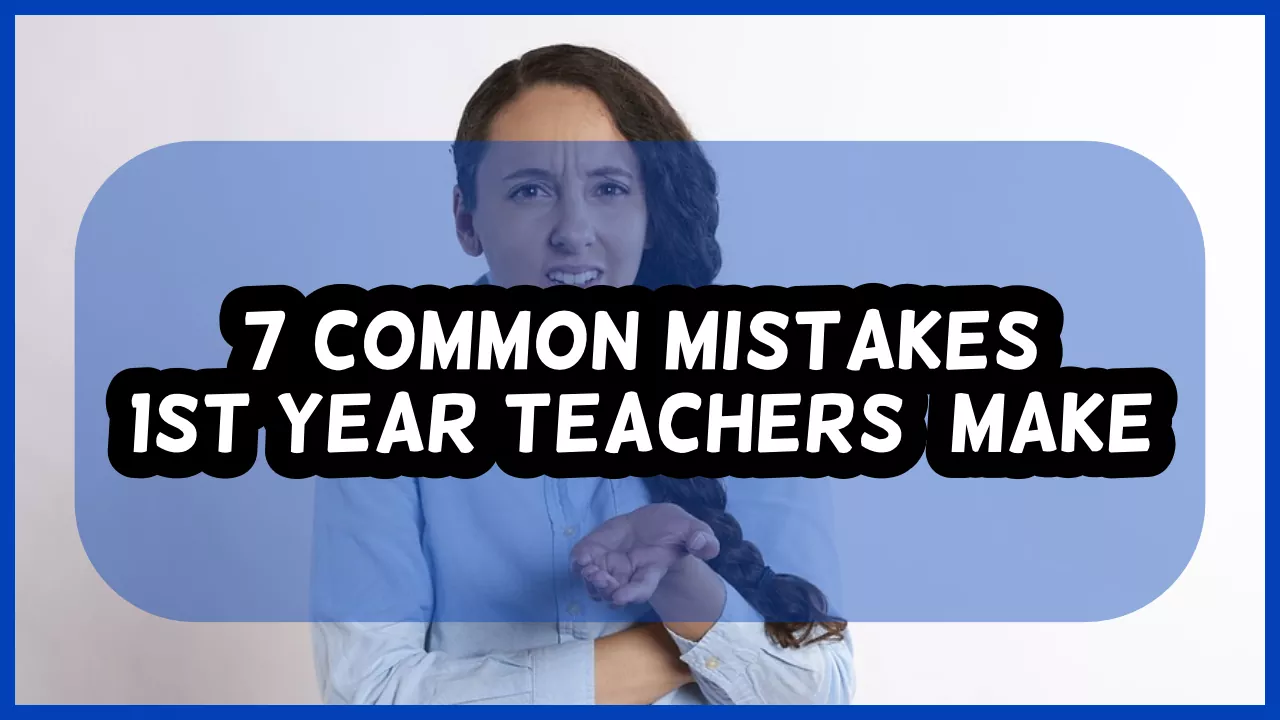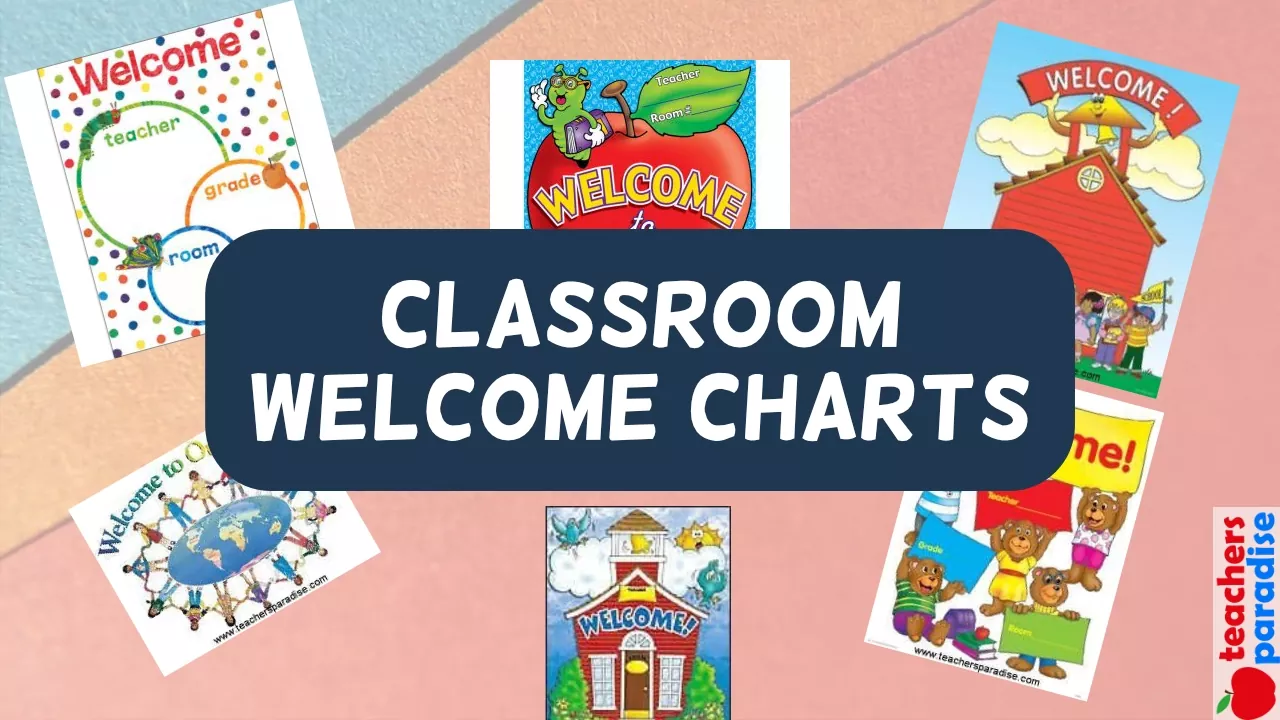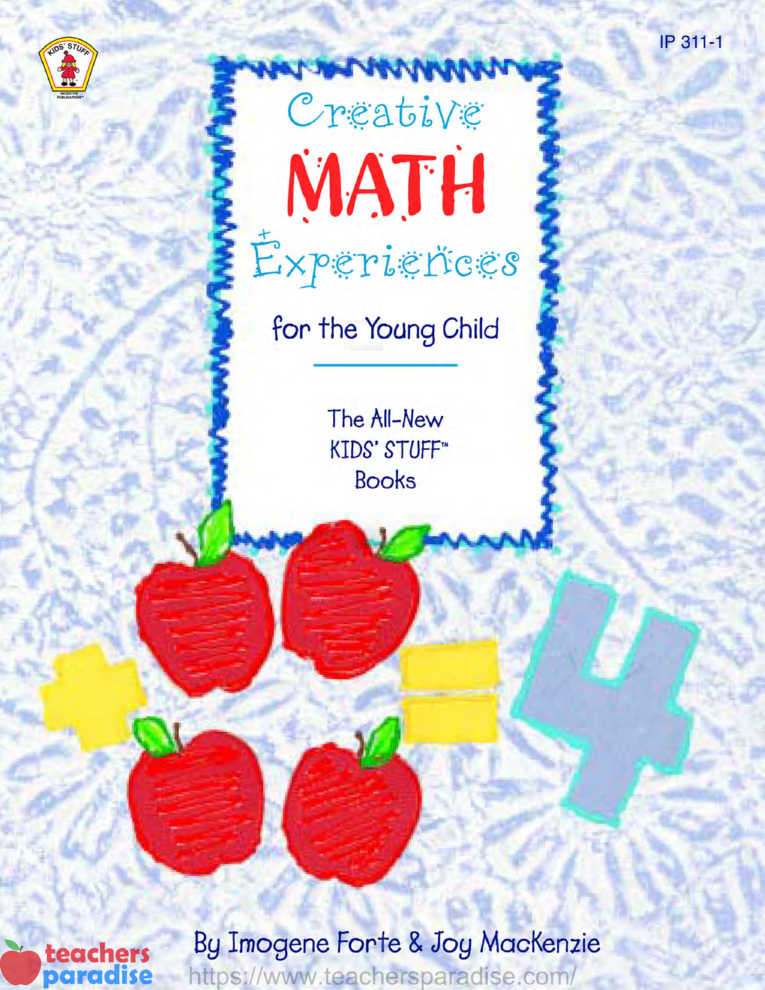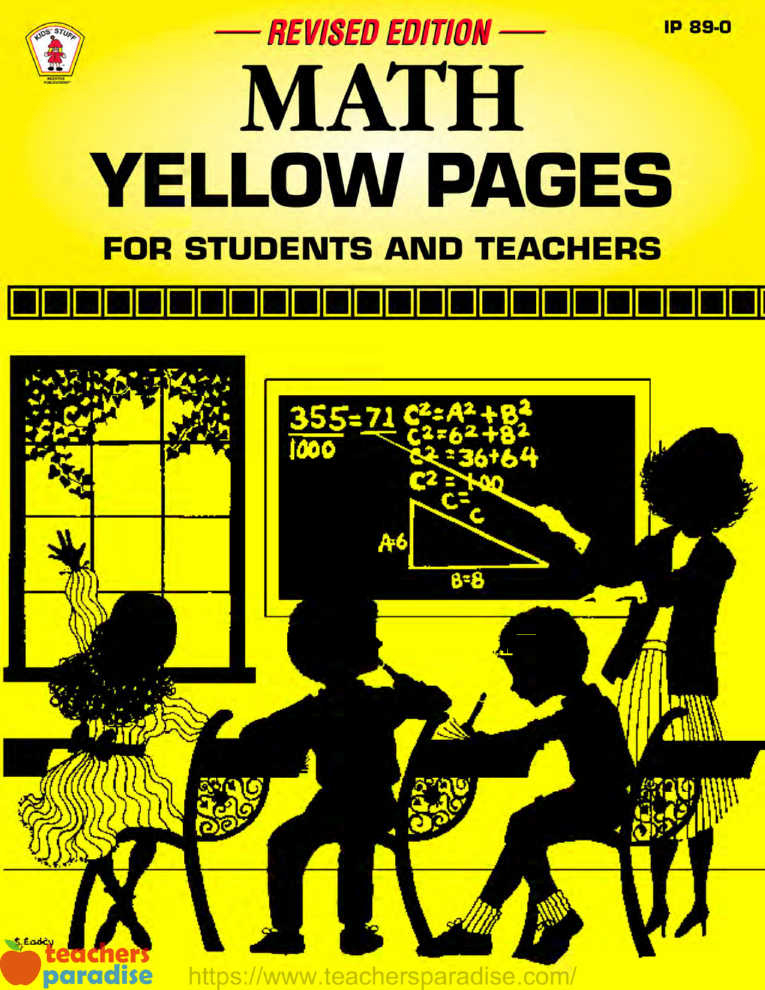Activities to develop writing skills
Style – Author’s Style
Style, or voice, is the author’s personality that shows in the writing. Difficult to define, style includes many elements: setting, the type of characters the author uses, sentence length, plot and vocabulary. Having students study authors’ styles gives them the opportunity to observe and experiment with some techniques they might want to incorporate into their writing.
Start teaching style by reading some excerpts of books or poems that have strong voice. You might try Jack London’s short story,“To Build a Fire,” which has strong detail, or Ellen Raskin’s humorous, witty mystery, The Westing Game. Students will remember Shel Silverstein’s funny poems, as well as the rhyming poems by Jack Prelutsky. They can compare this with the innovative style used by e.e. cummings. As you read each piece, discuss what makes the author or poet’s work unique.
WORKSHEET & Sample PDF Activity
Sample PDF Activity
Some Items to Discuss
Sentence Structure/Length
Does the author use long sentences? Short sentences? Fragments?
Characterization
Does the author use the same type of protagonist? For example, boys who show strength in survival situations? Or perhaps girls who have conflicts with their friends?
Setting
Does the author select the same type of setting? Does he or she always write of historical time periods, for example?
Plot
Are similar plots characteristic of an author? Do the main characters usually solve a mystery, or overcome a personal crisis?
Author’s View
How do the stories end? Happily? Or do they sometimes end more realistically?
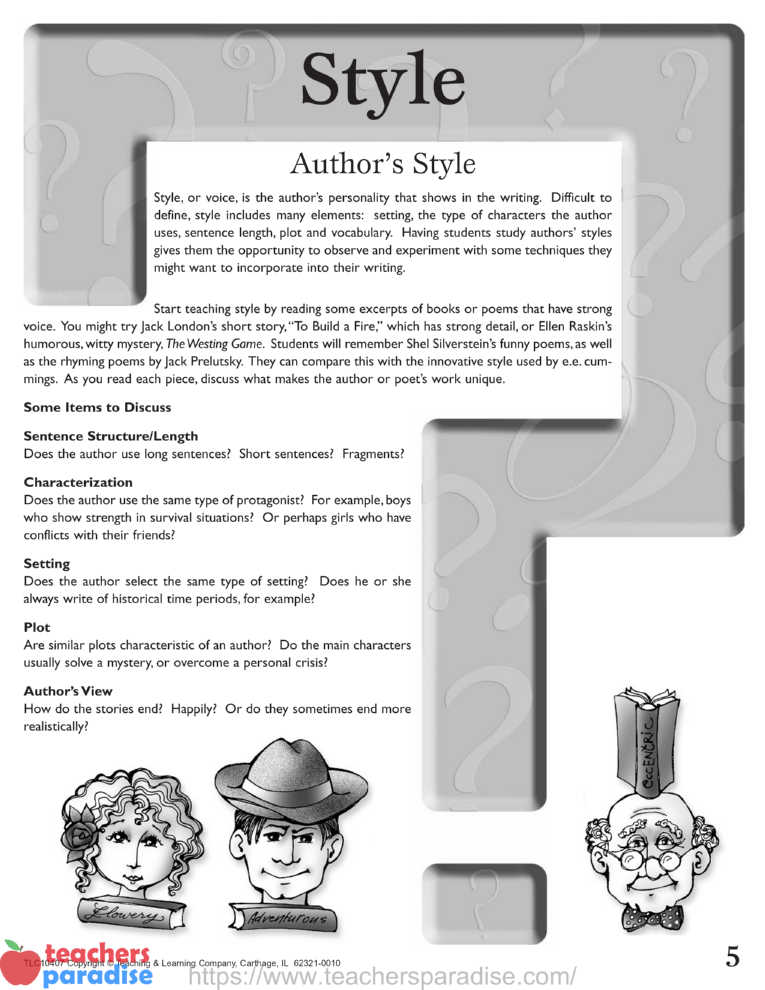
Style – Writer Studies
Ask your class to list some of their favorite authors. What do they know certain authors usually write about? Your discussion might include the following authors:
- Gary Paulsen frequently writes about nature and uses male protagonists.
- e.e. cummings experiments with punctuation and white space.
- William Carlos Williams writes short poems about simple things.
- Roald Dahl is known for unusual characters and humor.
- Shel Silverstein is loved for his humorous rhyming poems.
- Paula Fox writes with great detail.
- R.L. Stine is famous for his scary, page-turning plots.
- Matt Christopher writes sport stories.
Have the class study the works of authors, noting each author’s styles. The list on the next page gives a sampling of suggested authors and their works.
The purpose of this activity is for students to recognize style, and possibly apply some elements of other writers’ styles into their own writing.
In small groups, students should read and analyze a particular writer’s works. Each member should read a different book. Establish a common deadline for all students in the class to have completed their books. While reading the books, students should meet regularly to discuss their observations. Make sure you have explained the qualities listed on the “Author’s Style,” page 5.
The “Analyzing Style” worksheet on page 9 is helpful for students to focus their observations. Students can also use their reading response logs.
The last discussion, after students have read their books, should consider the following:
Common elements in the author’s works, such as titles, plot, types of characters and setting.
Uncommon elements in the author’s works—sometimes an author may break with his usual style, as Louis Sachar did with Holes. Maybe each of the works by the author is totally unique.
Students should then share a representative sample of the author’s
work, using an overhead transparency, and explain what makes the passage indicative of the writer. After every group has shared, the class
should discuss the following:
1.What did you like about each writer’s style?
2.What might you want to adopt?
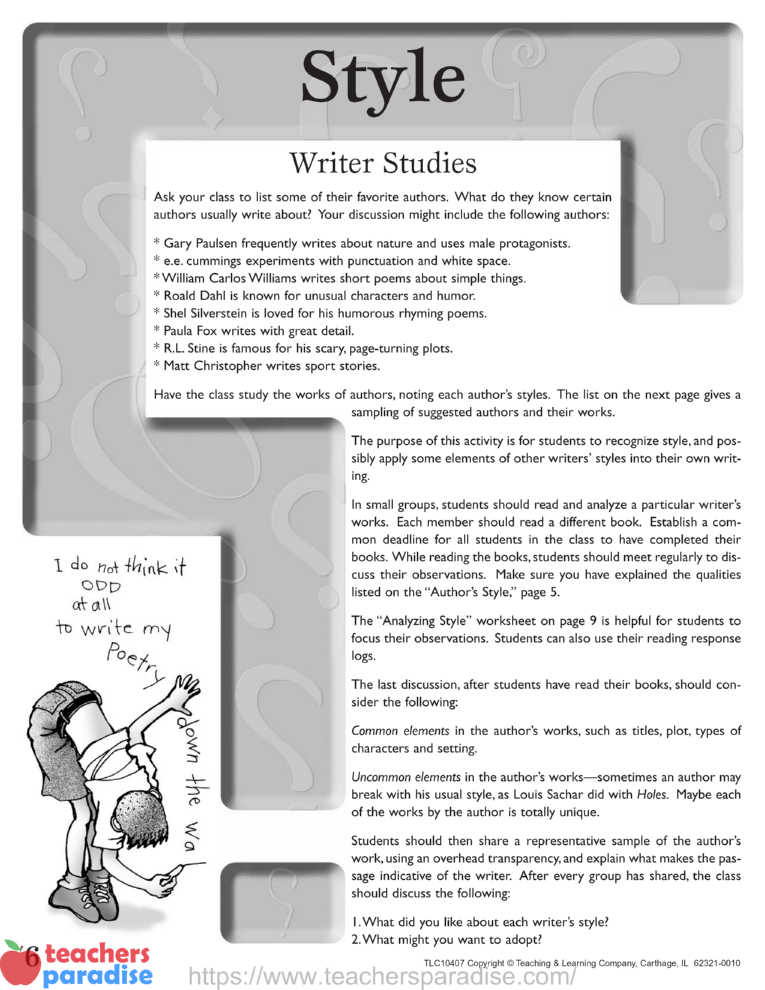
Table of Contents
Style
Author’s Style – 5
Writer Studies – 6
Writer Studies: Suggested List – 8
Analyzing Style – 9
“Copying” Style – 11
Comparing and Contrasting Fiction and
Nonfiction – 12
Children’s Book Style – 13
Omitting the “Fluff” – 14
Adding Detail – 17
Tantalizing Titles – 18
Show, Don’t Tell – 20
Keep Showing – 21
Inner Monologue – 23
Decisive Diction – 24
Vivid Memories – 25
Viva Voice! – 26
Voices from all over the World! – 28
Finding Your Voice – 29
Dialogue
Teaching Dialogue with Comic Strips 31
Using Dialogue to Reveal Character – 32
Don’t Forget the Dialogue! – 34
Realistic Dialogue – 35
Observing Dialogue – 36
You’re It: Dialogue Tags – 37
Let’s Talk – 38
Open Dialogue – 40
Plot
Where Is This Story Going? – 41
Plot Peer Review – 42
Analyzing a Children’s Book for Plot – 43
Teaching Theme – 45
Pointed Plots – 46
Creating Conflict – 47
Figuring Out Foreshadowing – 48
Characterization
Characterization Methods – 49
Characterizing Your Characters – 50
Character Hall of Fame – 51
You Know Your Characters but Does the
Reader? – 52
Characterization Partner Response – 53
Character Roles – 54
Role Cards – 55
Daring Detective Work – 58
Character Role Play – 59
What’s in a Name? – 60
Check Out Characterization! – 61
Actions Speak Louder Than Words – 62
Convincing Characters – 63
Characters to Care About – 65
What Are They Thinking? – 66
Setting
How Setting Affects Plot – 67
Re-Create a Setting – 68
Sensational Settings: Unfolding the Scene 69
Picture-Perfect Settings – 70
Getting a Sense of Setting – 71
Fun with Flashback and Future – 72
Other Setting Activities – 73
Say It with a Setting – 74
Point of View
Who’s Talking? – 75
What Happened? – 76
The Bug’s Perspective – 77
Pondering Point of View – 78
Playing with Point of View – 79
Practicing with Point of View – 80
“Her Life”: An Autobiography – 81
Musical Point of View – 82
Whose Point of View? – 83
Suggested Books for Point of View – 84
Leads & Endings
Likable Leads – 85
Rewriting Your Leads – 86
Liftoff with Leads! – 87
Excellent Endings – 88
Not-Your-Usual Nonfiction – 89
Types of Nonfiction Leads – 90
Practicing Nonfiction Leads – 91
News Leads – 92
Figurative Language Leads – 93
Final Writing Project – 94
Revision Checklist – 95
Post-Revision Checklist – 96


